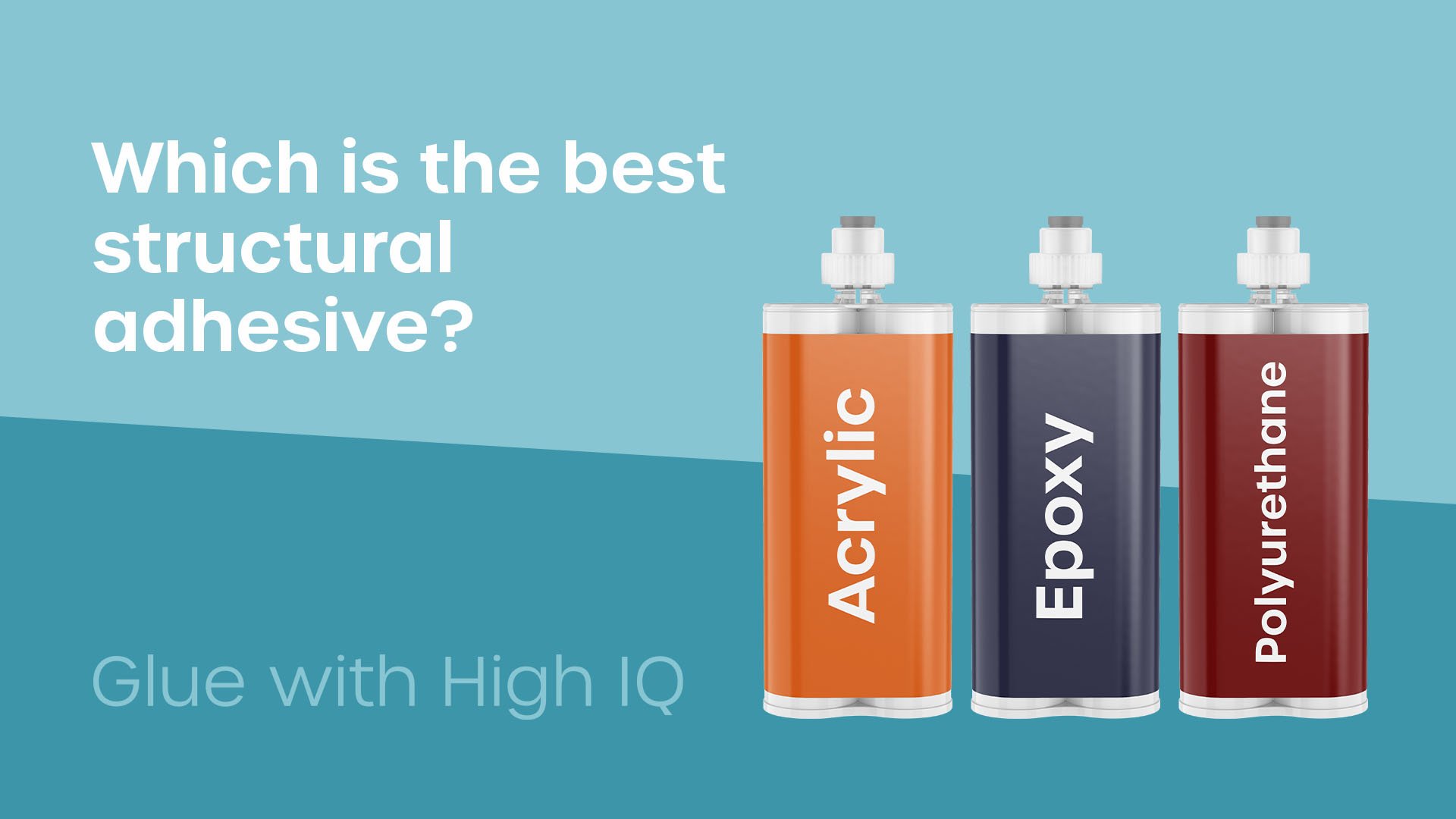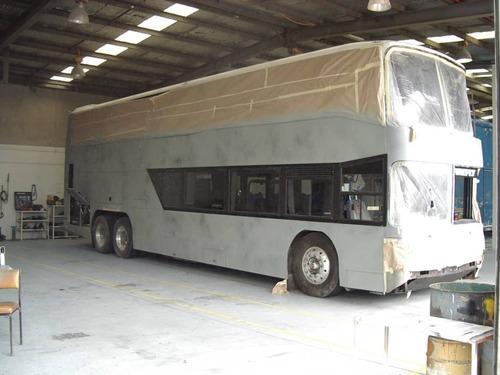Structural Adhesives: A Comprehensive Guide to choosing the best structural adhesive for your application

You’ve decided that using structural adhesives is the joining method you want to explore. However, you have a few questions about structural adhesives before you want to explore them further. You then can assess the different structural adhesive options to decide which is best for you.
Here at Forgeway, we manufacture industrial adhesives. Every year, we manufacture over 3000 tonnes of structural adhesives. So, it’s fair to say we know a thing or two about structural adhesives.
In this article, we are going to give you the necessary information to help you decide which type of structural adhesive could be best for you.
By the end of the article, you will know the different structural adhesive types and which one you should explore further.
What is a structural adhesive?
A structural adhesive is any adhesive that is designed for creating strong, durable bonds. Here at Forgeway, we would define a structural adhesive as any adhesive that has a lap shear strength of at least 15 Mpa.
As a result, the ‘structural’ in structural adhesives means it physically becomes part of the structure.
These adhesives are different from other types of adhesives, such as DIY glues or tapes. They are designed to provide a very strong bond and are often used in place of mechanical fasteners such as bolts or screws. Sometimes, you can use structural adhesives in place of welding.
Structural adhesives are typically used in applications where the bond must be able to withstand high loads or dynamic forces. Industries such as automotive, aerospace, and mass transportation are large users of structural adhesives.
Structural adhesives are available in a wide range of formulations. The reason they are so popular is the fact that they can be used on a variety of materials. Metals, plastics, and composites are typical materials used in structural applications.
In summary, a structural adhesive is a specialized type of adhesive that is designed for creating strong, durable connections between substrates. These adhesives are an important tool for a wide range of industries, and can provide many benefits over traditional joining methods such as mechanical fasteners or welding.

What are the different types of structural adhesives?
When it comes to choosing a structural adhesive, there are usually thousands of different options. We want to help simplify that and narrow it down to three different types.
Epoxy adhesives
One of the most common structural adhesive chemistries is epoxy. Epoxy adhesives are typically two-component systems. One side is the epoxy resin and the other is a hardening agent.
When you mix these two components, they react with each other to form a strong and durable bond. Depending on the formulation, the cure speed can vary massively.
One-component systems are also available. As the name suggests, they only have one component. This means they will require an external factor such as a heated oven to initiate the curing process.
Epoxy adhesives are the strongest type of adhesive you can get. They typically have good chemical and heat resistance. However, they often require surface preparation to ensure a strong bond and don’t have much flexibility.
Aerospace, manufacturing, and automotive industries are common users of epoxy adhesives.

Polyurethane adhesives
Another type of structural adhesive is polyurethane. Like epoxy adhesives, you can get both one-component and two-component systems. One-component polyurethanes will not have the required strength to be used for structural applications.
Structural polyurethane adhesives are a mixture of polyurethane resin and a hardening agent. They are highly flexible and durable but contain harmful chemicals (isocyanates) and usually take longer to cure than other adhesive chemistries.
Marine, mass transportation, and automotive industries are the biggest users of polyurethane adhesives.

Acrylic adhesives
Acrylic adhesives are the newest type of structural adhesive. Structural acrylic adhesives only come as two-component systems made from a mixture of acrylic resin and a hardening agent.
There are new developments in acrylic adhesive technology in recent years making them a relatively new option.
Acrylic adhesives can bond to all substrates (even LSE plastics), have fast cure times, and don’t require surface preparation. Nonetheless, acrylic adhesives often don’t have much flexibility and have a distinct odour.
Mass transportation, decorative surface manufacturing, and automotive are frequent acrylic adhesive users.

What you should look out for in a structural adhesive?
The ‘best’ structural adhesive will depend on your adhesive requirements. When we get asked for the ‘best’ adhesive, it’s very difficult to give a good answer. We wrote an article which discusses the steps you should take when choosing an adhesive.
Before you do anything, you have to know what you are bonding. Some substrates (like polypropylene) are very difficult to bond to and will require specialist adhesives.
Next, you must establish your bond requirements before selecting the best product for your application. If you don’t, you may choose a product which excels in one area, but fails critically in another essential area.
The following requirements are the most common areas you should be assessing:
- Strength: The primary function of a structural adhesive is to provide a strong and durable bond. It is important to choose an adhesive with sufficient tensile strength and shear strength.
- Flexibility: Whilst some people argue strength is more important than flexibility, we would say they are equally important. You must make sure the adhesive can deal with any movement or vibrations in the bond.
- Cure time: The time it takes for the adhesive to reach handling strength (0.4 MPa) will determine how quickly you can put the structure into use. If you don’t have much time to spare, you will need a fast-curing adhesive. If you have a large bonding area then you may need a longer-curing adhesive.
- Durability: Weathering, temperature, and chemical resistance are all factors you should consider when choosing a structural adhesive. If the adhesive is likely to experience these conditions, it will need to withstand these factors to retain its strength and durability.

Choosing the best structural adhesive for your application
Now you know the different types and what you should look out for, it’s time to make a decision. You need to decide which adhesive is going to perform the best for you.
But that’s not easy. We know. Because here at Forgeway, we manufacture a wide variety of structural adhesives. Companies often ask us for ‘the best’ adhesive. It’s just not that easy.
So to simplify it, we often say:
If you need a high-strength, fast-curing, and flexible adhesive, look at methyl methacrylates or epoxy adhesives.
If you need a durable, flexible, and slow-curing adhesive, look at polyurethane adhesives.
Nonetheless, it is very difficult to know what adhesive to suggest without knowing your exact requirements. The examples listed above are just examples that we provide.
To get more guidance on the best structural adhesive for you, you can get in touch with an adhesive expert.
However, if you would like to conduct some more research yourself, we suggest you read more about methyl methacrylates versus epoxy adhesives. Both chemistry types are so versatile that you are highly likely to find a good match for your application.
Think you’re ready to find the perfect adhesive for your application? Try out interactive product selector below. It will ask you a few questions and suggest a product that will help you avoid failure.
Thomas is the Content Manager here at Forgeway. Thomas' job is to translate the technical jargon from the ivory tower of academia into easy-to-read content that everyone can understand. Forgeway's mission is to answer every question our customers and prospective clients ask, or are apprehensive to ask.




